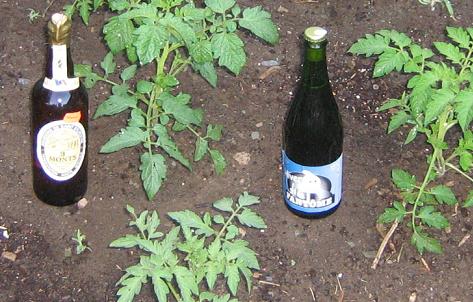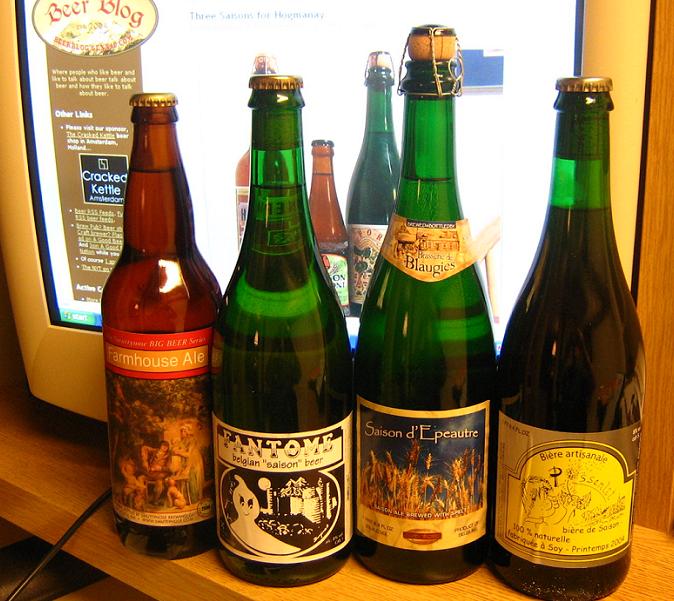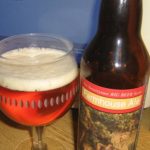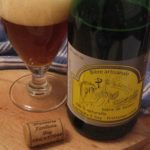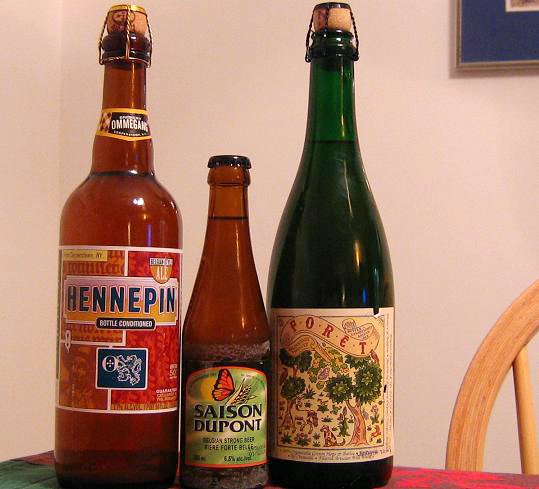Last weekend saw the family head off to the Big Smoke for a Pixies and Weezer combo concert at an outside venue at the west end of Lake Ontario. It was great. Stinking hot. 15,000 people. Me and a lot of other old guys having a scream-along to “This Monkey’s Gone To Heaven” and “Hash Pipe” which was great. The scene, the Budweiser Stage at Ontario Place, was an absolute fleece-fest: a tall boy of Bud Light Radler selling for about 15$. I had a Bud with my bland black bean burger before the show. Ice cold it went down like an icy cold Bud. Which was great until it warmed to about 5C after a couple of minutes and then it got, you know, not so great.
I wasn’t really following up on Andy’s idea of taking time to try a classic this summer when I had that Bud. I wasn’t in a place where Bud existed when three decades ago so it does not fill a personal space like that. Not my classic. It’s gas station cooler 1990s New England road trip scenery to me. The beer I passed up. But I did have an old favorite on Friday… and it was an odder experience. Hennepin, which I have enjoyed since at least 2005, showed up in my local LCBO for about $11 for a 750 ml (behind a far worse label… updated branding fail.) I was up for this. We were having a slab of salmon for supper. But it was not the beer I wanted. Hot and heavy even though it was perfect eight years ago on another hot summer night. It’s not like the beer was off. It was lovely. It was just way more than fit my interests, my needs. Am I turning into a target for the low-no movement? What do I actually want?
 Jonathan Surratt wins (or perhaps poaches) the “Shaming the Worst of Craft” award with week with the news he shared embedded in that photo to the right. Some gawdawful craft bar somewhere is serving beer in bowls. Could you imagine being served that? Do they serve the food in flute glasses? Do they expect people to pay with actual money? Boo!
Jonathan Surratt wins (or perhaps poaches) the “Shaming the Worst of Craft” award with week with the news he shared embedded in that photo to the right. Some gawdawful craft bar somewhere is serving beer in bowls. Could you imagine being served that? Do they serve the food in flute glasses? Do they expect people to pay with actual money? Boo!
Ben notes how a single beer craft brewery putting out a fairly acceptable product that sells well has created another single beer craft brewery to make a fairly acceptable product that sells well. I think of these things like I thought of the music of The Carpenters when I was in my teenage punk phase in the latter 1970s. They made music that was safe enough for parents who did not like discussing bad things. Like “why Alan is listening to all that swearing?” Mind you, my folks didn’t listen to The Carpenters so I am not sure I will bother buying this beer. Especially as “bugle” is actually a well-known euphemism for beer induced gastric issues.
Is this #ThinkingAboutDrinking? I suppose the idea of thinking is that it’s not about being all positive, just supportive. Fight!
Now this is great: a service to us all. The current big craft and macro craft family tree. Then updated for more detail. Nice to see honesty in the placement of breweries like Sam Adams, BrewDog, Brooklyn and Founders in their natural state. Speaking of Sammy A, sweet dissection by Jeff of another slightly… smarmy GBH post* on the supposed risk of Jim Koch somehow losing status. The lack of institutional knowledge is amazing. Jeff’s point: “when Boston got too big, BA changed the definition.” My point was how Koch was actually an outsider to the main micro/craft movement, which Josh Noel noted and “Sex with Sam” confirmed. Why do we have to fudge things rather than knowing and writing about the actual history of the craft beer movement?
How to sit on a fence.
This is either a story about art v. the regulation of alcohol or it is a story about arts management not grasping the need to find a venue with a stage with a normal licence. I love the “Toronto the Good” half-news in the footnote:
Editor’s note: The Tarragon Theatre has now relaxed their rules for this particular show. Patrons are now able to buy beer up until show time.
AKA: accept what you have been granted. In other Ontario drinks sales regulation news, Robin has written about how for a few weekends she worked as a beer selection advice giver in one of the few grocery stores with a limited alcohol sales licence. The role and the context may appear odd. It may well appear odder still as the new provincial government has promised beer and wine** in every corner store! Mind you, the promise has no details. But it may well be that the brave new world promised in 2015 will have a best before date of maybe 2018. So, Robin’s notes may well end up being a valuable set of observations on the state of affairs at the front line in which turns out to be a transitional period. Fabulous information for the future beer regulation historian.
Brendan has shared news that:
@StoneBrewing files opposition versus beer (and other beverages) trademark application for STONEMILL
With so many breweries using the five letters “s-t-o-n-e” is no one going to point out to the courts how this “just waking up to the news that there are intellectual property claims to be made” approach might be a tad selective on the plaintiff’s part? BeerAdvocate lists 3267 beers or breweries with the letters in that order in their name. Because it is as common as a very common thing. If I don’t associate “Firestone” or “Stone City” with Stone why would “Stonemill” confuse me?
Let’s conclude our collective cogitations this week with a few thoughts about wine writing from Jon Bonné, Senior Contributing Editor with Punch wegazine:***
We assumed experts are meant to provide some kind of road map through an unknowable, confusing realm. We’re expected to help you find a bottle for dinner, and not complicate the conversation. But that has led us, at a time when wine is more interesting than ever, to trivialize its cultural value. We’ve sacrificed context—I mean real critical context, not the fanboy literature that passes for too much wine writing today—for comfort and a sense of belonging. I think Bourdain might look at the situation and point a blaming finger at many of us for failing to explain why one wine is worth more than another, or why certain wines are culturally suspect because they’ve been made with cynical motives. (Big wine companies love when we abandon context for the blind pursuit of deliciousness. Context is the enemy of fake-artisan wine, after all.)
The piece is interesting as it builds on the loss of Bourdain and that irritatingly bland idea of “woke” to get to the notion that context and value are important. It’s a bit too toggle switch for me. Things are complex even if fakers are all around. And I am already a bit sad to see Bourdain being used as a prop for the arguments of others. But I like the call to deeper learning. Hence #ThinkingAboutDrinking.
Upcoming week? The second half of baseball begins. Six or seven weeks until school starts. Use the time you have left wisely. As part of your path to wisdom consider stopping for a pause with Boak and Bailey on Saturday and again after the weekend with Stan next Monday. Laters!!
*Time for an incidental graphics update, too. Keep it fresh.
**Hard liquor, as we call it here, will remain at the surprisingly good LCBO, our government store.
***It actually calls itself “PUNCH” in shouty all-caps… but is font really identity? I mean if it was PUNCH would i have to italicize it?

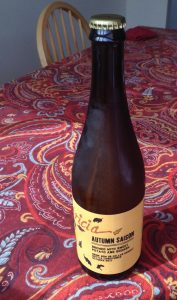

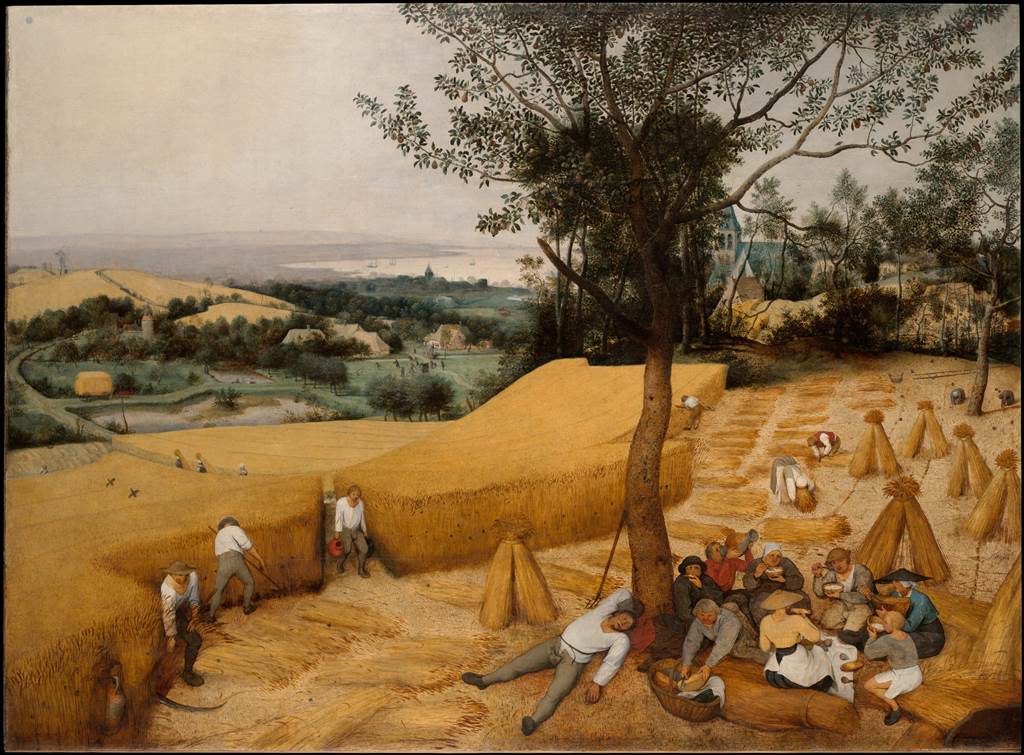
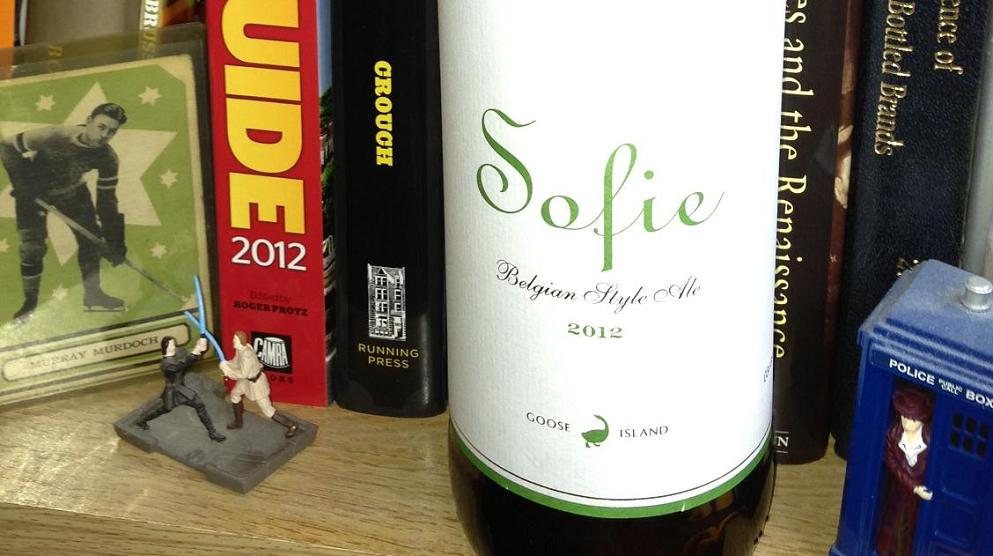
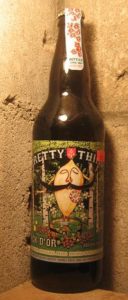
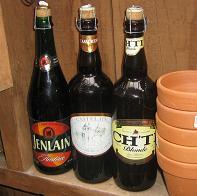 The trouble with charcoal grilling is that when the rain comes you can’t turn it off. Propane, on the other hand, has a nice dial that has a “0” setting. But there is the garden shed and, when it rains and you have visitors, it can turn out to be a delightful place to while away a late afternoon hour reading last week’s newspapers in the recycling bin, listening to AM radio and comparing a few examples of bieres de garde and saisons.
The trouble with charcoal grilling is that when the rain comes you can’t turn it off. Propane, on the other hand, has a nice dial that has a “0” setting. But there is the garden shed and, when it rains and you have visitors, it can turn out to be a delightful place to while away a late afternoon hour reading last week’s newspapers in the recycling bin, listening to AM radio and comparing a few examples of bieres de garde and saisons.